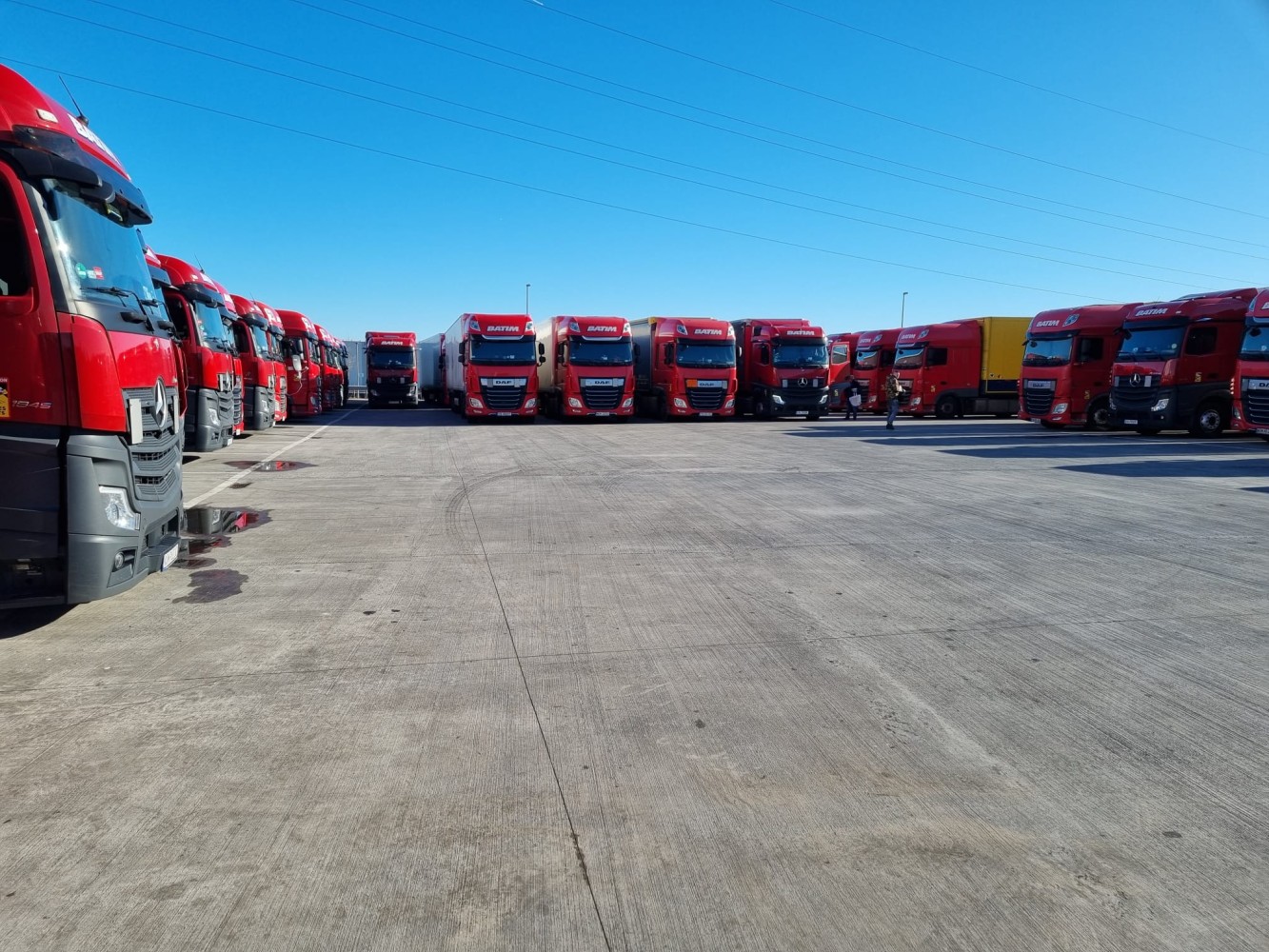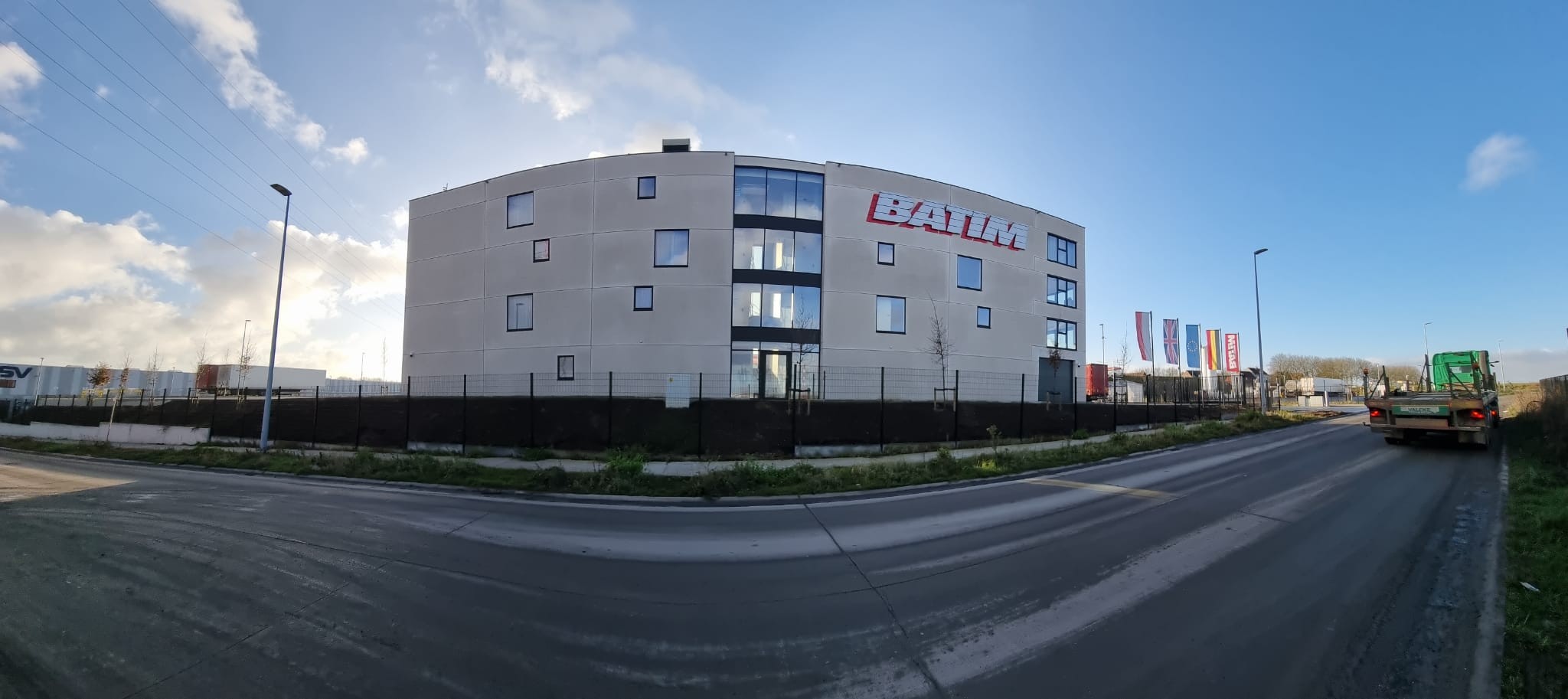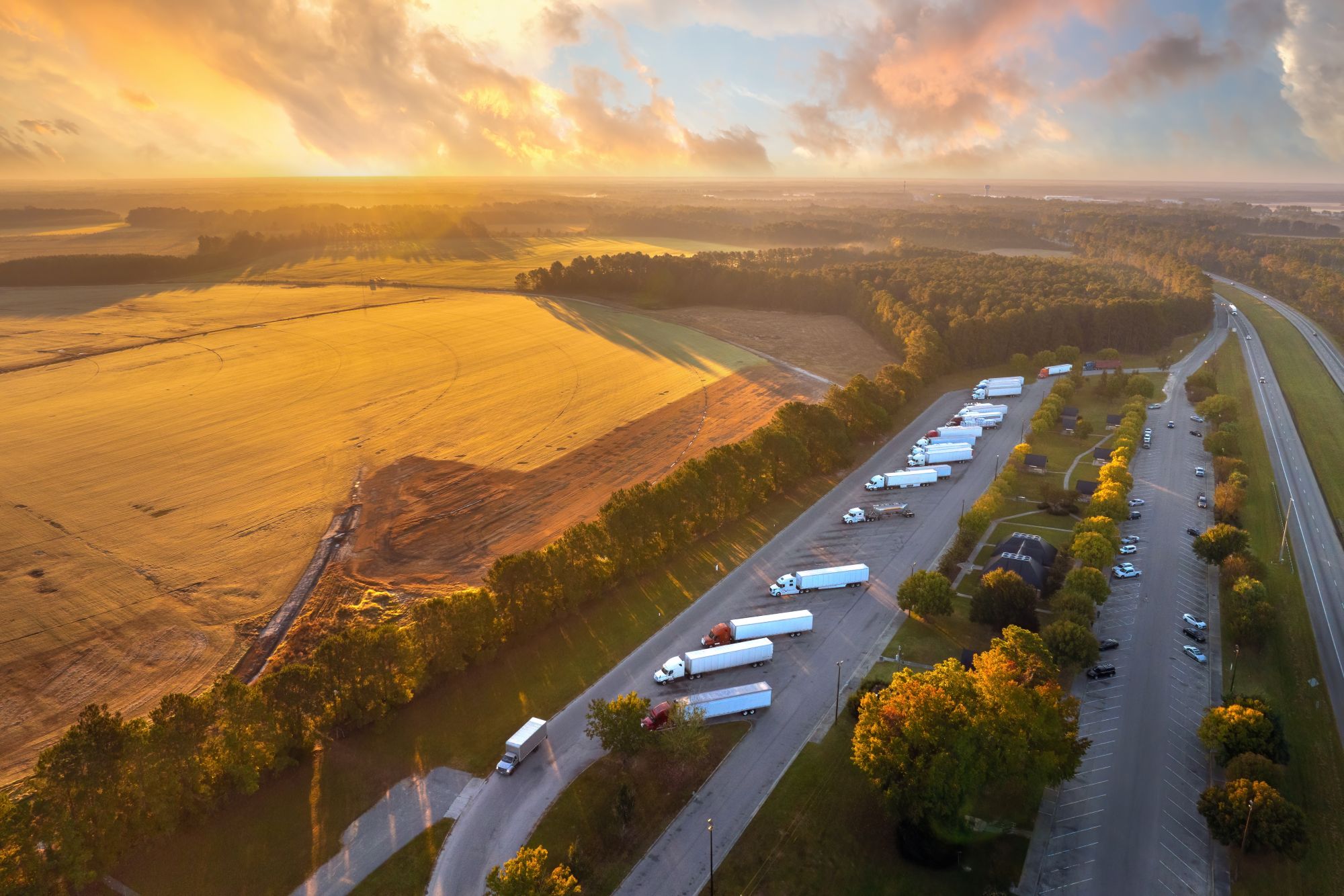
Susie Jones
Le voyage SNAP de Batim International Transport & Spedition
Créée: 19/02/2025
•
Mise à jour : 19/02/2025
Fondée en 1995, Batim International Transport fournit des services de transport et d'expédition de fret dans toute l'Europe. L'entreprise est fière de son excellente qualité et de sa flotte de pointe composée de véhicules SCANIA et Mercedes.
L'entreprise, dont le siège se trouve à Stary Sącz, en Pologne, n'est pas étrangère à la croissance. À ses débuts, Batim a commencé avec deux tracteurs et en possède aujourd'hui plus de 500.
En peu de temps, l'entreprise a obtenu de nombreuses accréditations et certificats, dont le titre de meilleur employeur de l'année 2014 et la reconnaissance du magazine Forbes en 2015. En élargissant sa flotte et en améliorant ses services, l'entreprise s'efforce constamment de croître.
Batim International a rejoint SNAP dès les premiers jours et continue d'utiliser son compte SNAP pour réserver des places de parking à travers l'Europe pour sa grande flotte. Nous nous sommes entretenus avec Krzysztof, directeur des opérations, qui nous parle de l'expérience de l'entreprise avec SNAP.
Avantages de SNAP pour les flottes
SNAP met à la disposition des flottes plus de 450 partenaires de service dans toute l'Europe où ils peuvent utiliser notre solution de paiement pour les flottes. "Nous avons rejoint SNAP pour l'absence de transactions en espèces", explique Krzysztof.
Un avantage pour de nombreuses flottes, car SNAP offre une solution de paiement sans espèces ni carte pour les services aux camions. Cette solution de paiement peut être utilisée pour des services tels que le lavage des camions, le Dartford Crossing et le stationnement des camions. Ce dernier point, selon Krzysztof, a été particulièrement bénéfique.
"SNAP m'a permis de réserver un parking, de sorte que je n'ai pas à me soucier de trouver une place pour le chauffeur.

La possibilité de rechercher un partenaire de service de relais routier par le biais de SNAP a également été un avantage pour Krzysztof. Il explique que "la possibilité de vérifier et de trouver toutes les informations détaillées sur de nombreux relais routiers dans différents pays, afin de s'assurer qu'il y a tout ce qu'il faut en matière de cargaisons particulières et d'installations pour les chauffeurs" a été l'une des fonctions les plus utiles pour lui.
En outre, SNAP présente d'énormes avantages pour les chauffeurs de Batim. Les chauffeurs de la flotte de Krzysztof peuvent être rassurés en sachant qu'ils disposent d'un vaste réseau de parkings pour camions et de sites de stationnement pour dépôts. Krzysztof estime que le "vaste réseau de parkings pour camions" de SNAP a été d'une valeur inestimable.
De nombreuses entreprises à travers le continent ont augmenté leurs revenus grâce à notre programme de stationnement dans les dépôts. Ce programme permet aux flottes d'offrir leurs places de parking au réseau et de gagner de l'argent en aidant les conducteurs à éviter les aires de stationnement vulnérables et les zones industrielles. Batim International contribue à atténuer la pénurie de places de stationnement en Europe en adhérant à ce programme avec son dépôt en Belgique. Le site offre 20 places aux autres conducteurs lorsque leurs camions sont sur la route.
L'impact des partenaires de service SNAP sur le bien-être des conducteurs
Le bien-être des conducteurs est un sujet de discussion brûlant au sein de la communauté des transporteurs routiers. En tant que profession exigeante, il est facile de voir comment les longues heures de travail, l'isolement social et un mode de vie sédentaire peuvent affecter la santé mentale.
Les flottes ont la responsabilité de veiller au bien-être de leurs conducteurs. Cependant, les relais routiers peuvent également avoir un impact significatif. Les aires de stationnement et les relais routiers dotés d'équipements de base peuvent améliorer considérablement le bien-être des conducteurs. Krzysztof et son équipe estiment qu'il s'agit d'un élément essentiel pour leur flotte de plus de 800 conducteurs.
Lorsqu'on lui demande ce que les relais routiers peuvent faire pour contribuer au bien-être des chauffeurs, Krzysztof répond : "Les chauffeurs ont surtout besoin d'une douche et de toilettes propres". Cette solution semble simple pour beaucoup, mais elle peut avoir un impact considérable sur l'expérience des chauffeurs.

Le service à la clientèle avec SNAP
Chez SNAP, nous sommes fiers de fournir aux flottes et aux conducteurs le soutien dont ils ont besoin pour fonctionner de manière efficace. Notre équipe expérimentée de service à la clientèle et de gestion des comptes assiste les flottes et les conducteurs pour toute question. Quelque chose que Krzysztof et l'équipe ont trouvé utile.
"Nous avons contacté l'équipe du service clientèle de SNAP, par courrier électronique et par téléphone. Nous avons toujours bénéficié d'une approche individuelle pour chaque cas, d'une compréhension et d'une bonne volonté de la part des employés de SNAP pour nous aider autant que possible", explique Krzysztof.
Inscrivez votre flotte à SNAP dès aujourd'hui
Notre solution de paiement pour les flottes est utilisée toutes les 13 secondes sur le continent pour payer les services de camionnage. Visitez snapacc.com pour rejoindre plus de 7 000 flottes qui utilisent le compte SNAP comme solution de paiement tout-en-un pour les flottes.



